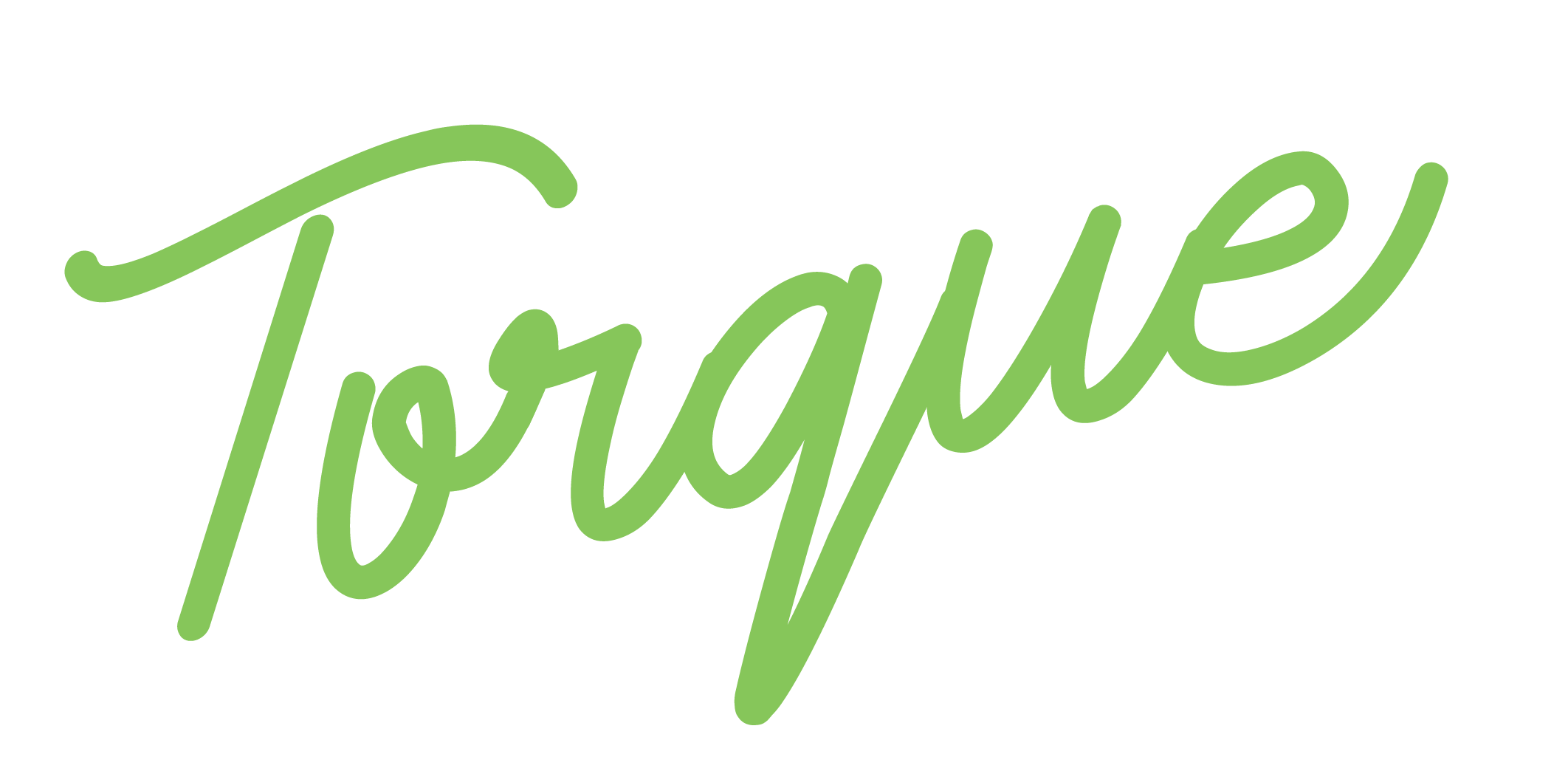
Refining the Learning Strategy in your Business
Apr 25
/
Loren Phillips

At Torque, we are invested in the why. Why do people want to learn? Is it because they want to better themselves or improve their circumstances? Do they want to grow in their role or do better at their job? Understanding the answers to these questions helps you embed your learning within the employee's experience in a seamless way that works for the learner and the business.
There are numerous factors involved in the learning scenario, some that are in and some that are outside of our control. Keeping mindful of the factors that are within our control can help us to deliver more effective and impactful learning to our organisations.
Some factors are outside of our control as L&D and HR professionals, such as the socio-economic upbringing of our learners, the demands outside of work that make it difficult for them to participate, their neural biology, eating habits and how much they sleep, which all impact how successful learning interventions are.
At the same time, there are a wealth of factors within our control that we can methodically test and tweak to find the “sweet spot”, as coined by Vygotsky, for our organisation.
So, what factors are within our control?
Creating the context for learning
Learning is a cultural activity. What is taken away by a learner will be largely determined by the goals of the learner, which shape the motivation, and the culture of learning in the organisation. What does the culture of learning look like in your organisation? Is learning, and even more so, making mistakes, celebrated, or vilified? At an even more basic level, have you queried the fundamental beliefs about learning in your organisation?
Creating a growth mindset
Adopting a growth mindset gives learners the notion that they can learn and perform well at anything that they set their mind to. This contrasts with the fixed mindset that dictates that someone either can or cannot do or learn something, and nothing can be done to change it. Are you thinking about how to develop a growth mindset in your organisation?
Download Rethinking L&D Strategy now.
Download Rethinking L&D Strategy now.
Choosing the right learning mode
There are many options when it comes to delivering training effectively: face-to-face, modular learning, webinars, just-in-time, eLearning, microlearning, and more recently nano learning. How are you considering these modalities and are you testing the success of these different approaches?
Embedding learning seamlessly
The more barriers to entry there are in the learning experience, the more likely it is for the learner to drop off somewhere along the path. Is your learning digital or hybrid? What was the motivation behind this and what support has been given to learners in the way of adoption? Are you creating an easy pathway to understanding, or are there unnecessary obstacles?
Incentivising learning behaviour
There is a fair argument for rewarding behaviours that lead to successful learning. Do you know that this approach can backfire if learners are offered a reward that doesn’t mean anything to them? The ideal learning situation involves a learner that has a personal desire, or intrinsic motivation, to learn. This leads us to our next point…
Allowing learners to take control
Autonomy, according to David Rock who talks about the SCARF model, is one of the most important drivers of behaviour in any situation. We are drawn towards situations that provide us with autonomy, so it follows that allowing learners to take control of their learning path in some way can further organisational objectives of raising human capital through learning and development.
Supporting learning
We know that a large part of learning happens outside of the training room. For any learning event to be deemed successful, we need to be able to prove that the learner can apply the information or newly acquired skills to a range of situations at work. What manner of support are your learners offered outside of the classroom? Have you considered a peer-learning approach, coaching or mentorship?
On-boarding learning
Supporting learning is more of a tail-end function of learning, what about how it starts? In our resource: Rethinking L&D Strategy, we offer some ideas for the successful onboarding of learning that can be tested in your business.
The above is not meant to be an exhaustive list, but hopefully raises thoughts on how you can re-interpret and redevelop your learning strategy to be more successful.


